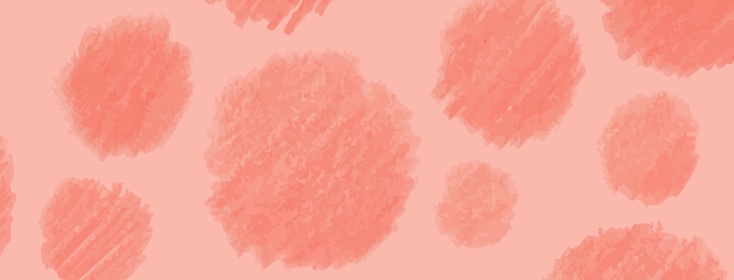Porphyria Cutanea Tarda (A Blistering Skin Disease)
Porphyria Cutanea Tarda (PCT), is a skin manifestation of liver disease. It's highly exacerbated by exposure of the skin to the sun. Normally, blisters appear on sun-exposed skin, but in the presence of hepC, they can form anywhere on the body. These are not normal sunburn blisters. They are deep, fluid-filled, and extremely painful when broken. The onset can be sudden. I know all these things from personal experience. I grew up down south, in the full sun, so when I go on vacation, that's where I go. After saving for years, my wife and I flew to St. Maarten. There, we found a heavily populated beach. We decided to walk. As we traveled, the crowd thinned out – more of what we were looking for. It took us a while to notice that as we progressed, people wore less clothing. My wife and I are reasonably liberal – different country and all that, but when we crossed some guy walking toward us without a stitch of clothing, we decided to turn around and rent a couple of wave runners.
We'd walked a mile or two, and in the tropics, the presence of the sun pervades everything. After an hour on the wave runners, I began to notice pain growing on my thighs – maybe chafing from the machine. The pain spread to my back. When we arrived back at our rooms, my wife told me I had blisters on my back. The pain was becoming unbearable. Almost all the blisters were broken, including the ones on my thighs. It was my first severe episode of PCT. There I was, in paradise, and unable to enjoy it – no relief from the blisters. Determined, I went out and bought a hat with the largest brim I could find, to shield my face from the sun. I also found SPF 80 sunscreen, which I slathered all over. I did my best to stay out of direct sun, finding shady spots on the island.
When I returned home, the attacks increased in frequency. It took less exposure to make blisters form. My dermatologist scolded me, “Stay out of the sun!” I did, as much as possible, but for me, these attacks came as episodes – eventually, the blisters faded, and I'd go for a month or so without any problem, but it never stopped altogether, until my liver transplant. Since then, I've been PCT-free.
PCT can be a devastating disease. If you've got hepC, ask your doctor about PCT, and the possible benefit of using a high-SPF sunscreen. PCT is another reason why I'm an advocate for early treatment of hepatitis C. Killing the virus before these secondary problems occur is the best prevention. Ask your doctor if you're a candidate for treatment.
Need help now? Check out help4hep.org for free hepC services.

Join the conversation